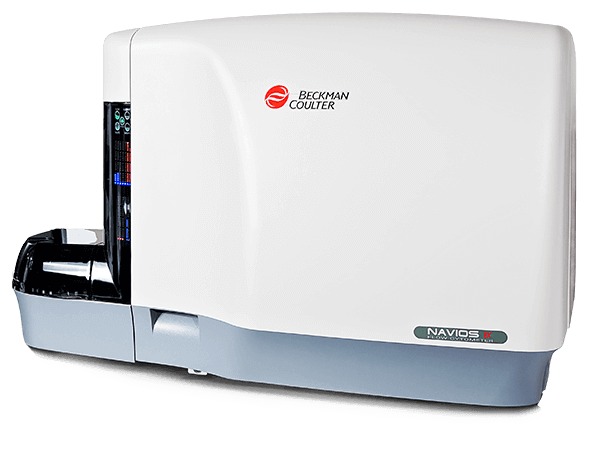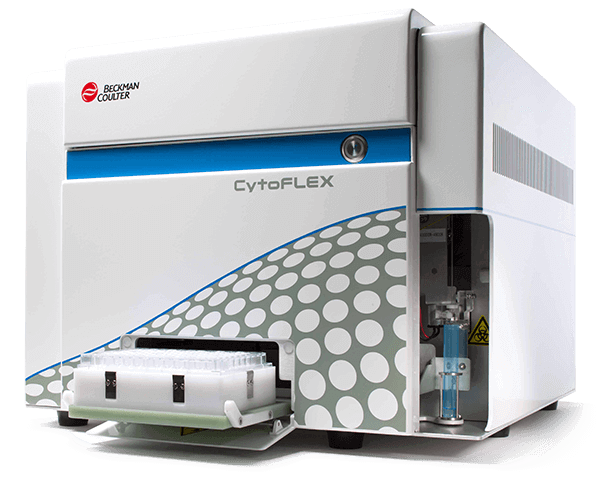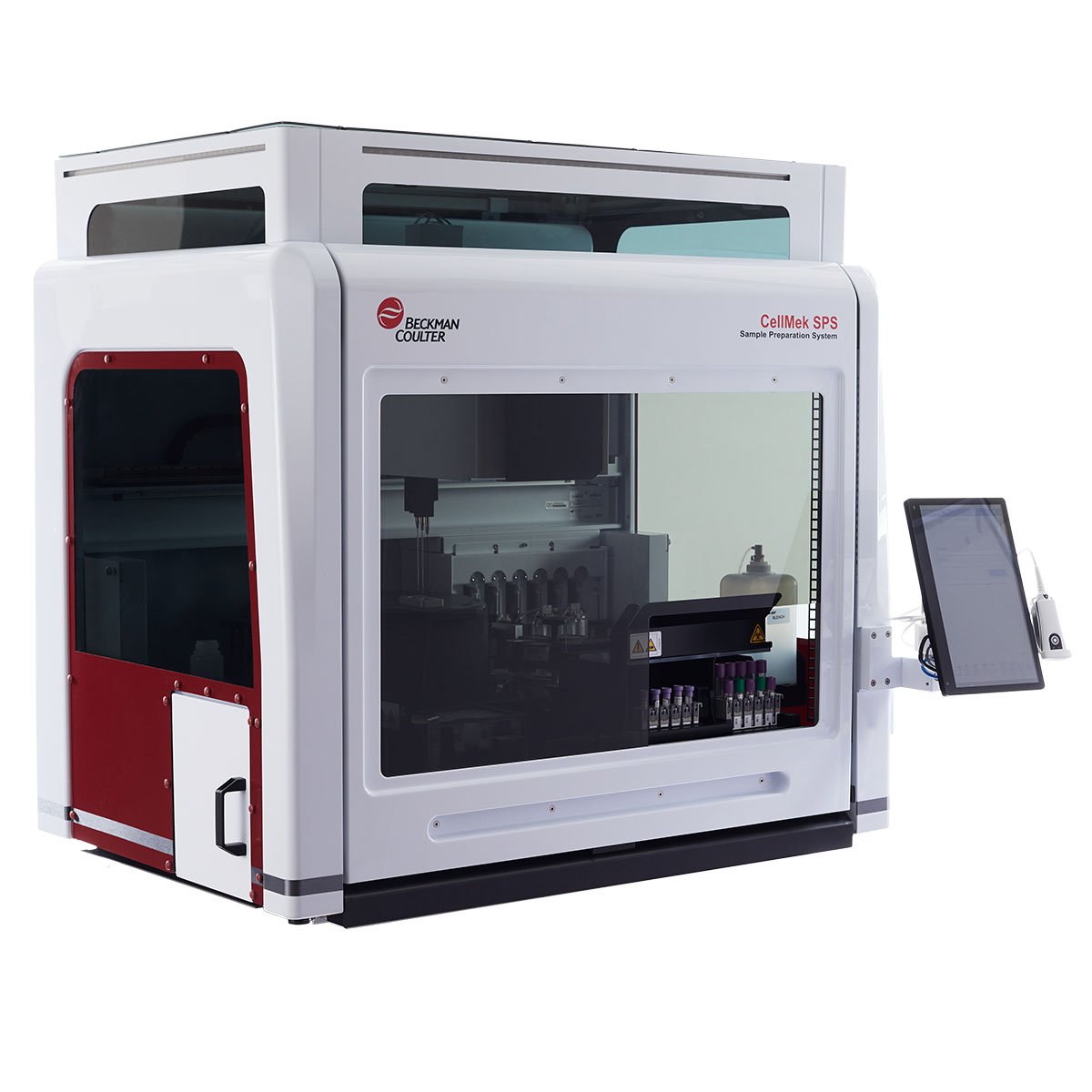CD20 Antibodies
The CD20 antigen (Bp35) is an integral non-glycosylated membrane protein with four transmembrane domains. Three isoforms (33, 35 and 37 kDa) result from differential phosphorylation within the cytoplasmic domain. CD20 may also exist on the cell surface as a homo-oligomeric complex forming with other molecules a multimeric receptor complex. The expression of CD20 is restricted to B-lineage cells. Its expression occurs early in pre-B lymphocyte development, persists in B-lymphocyte ontogeny and is lost upon ultimate plasma cell differentiation. The CD20 molecule is present on all B lymphocytes whatever the hematopoietic tissue where they are found (peripheral blood, lymph nodes, spleen, tonsil, or bone marrow). The CD20 antigen may be weakly expressed on a subset of resting T lymphocytes. However, CD20 is not expressed on other leucocyte subsets including NK cells, monocytes and granulocytes.
| Clone: B9E9 (HRC20) | Isotype: IgG2a Mouse |
| All monoclonal antibodies directed to the extracellular domain of the CD20 molecule are likely to bind closely related epitopes. | |
| Clone: H299 (B1) | Isotype: IgG2a Mouse |
| Clone: FMC7 | Isotype: IgM Mouse |
| The FMC7 antibody reacts with a subpopulation of peripheral blood B lymphocytes and tonsil B cells, but it does not react with granulocytes, monocytes, platelets, erythrocytes, T lymphocytes or null cells. Find FMC7 Conjugates here. | |






